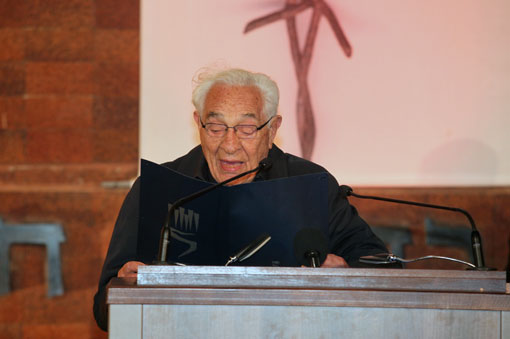
HTLV-1 can infect most nucleated mammalian cells in vitro, including both CD4 + and CD8 + T cells, but in vivo the virus is predominantly found in CD4 + T cells. It is not completely understood what determines an individual’s risk of these HTLV-1-associated diseases however, a high proviral load (PVL the number of proviral copies per 100 cells) in peripheral blood mononuclear cells (PBMCs) is correlated with the risk of both the central nervous system inflammatory disease known as HTLV-1-associated myelopathy/tropical spastic paraparesis (HAM/TSP) and the malignant disease adult T-cell leukemia/lymphoma (ATL). The retrovirus Human T-Lymphotropic Virus Type I (HTLV-1) causes a life-long infection in an estimated 5–10 million individuals world-wide, resulting in disabling or fatal inflammatory and malignant diseases in ~10 % of infected people. This work is consistent with growing evidence that oligoclonal expansion of HTLV-1-infected cells is not sufficient for malignant transformation. The greater degree of oligoclonal expansion observed in the infected CD8 + T cells, contrasts with the CD4 + phenotype of ATL cases of CD8 + adult T-cell leukaemia/lymphoma are rare. We conclude that although they make up only 5 % of the proviral load, the HTLV-1-infected CD8 + T-cells make a major impact on the clonal composition of HTLV-1-infected cells in the blood. The CD8 + clones are over-represented among the most abundant clones in the blood and are redetected even after several years. However, HTLV-1-infected CD8 + clones undergo much greater oligoclonal proliferation than the infected CD4 + clones in infected individuals, regardless of disease manifestation. We show that the infected CD8 + cells constitute a median of 5 % of the HTLV-1 proviral load. We used a high-throughput DNA sequencing protocol to map and quantify HTLV-1 proviral integration sites in separated populations of CD4 + cells, CD8 + cells and unsorted peripheral blood mononuclear cells from 12 HTLV-1-infected individuals. HTLV-1 also infects CD8 + cells in vivo, but the relative abundance and clonal composition of the two infected subpopulations have not been studied. The majority of the HTLV-1 proviral load is found in CD4 + T cells, and the phenotype of adult T cell leukemia (ATL) is typically CD4 +.

Human T-lymphotropic Virus Type I (HTLV-1) is a retrovirus that persistently infects 5–10 million individuals worldwide and causes disabling or fatal inflammatory and malignant diseases.


 0 kommentar(er)
0 kommentar(er)
